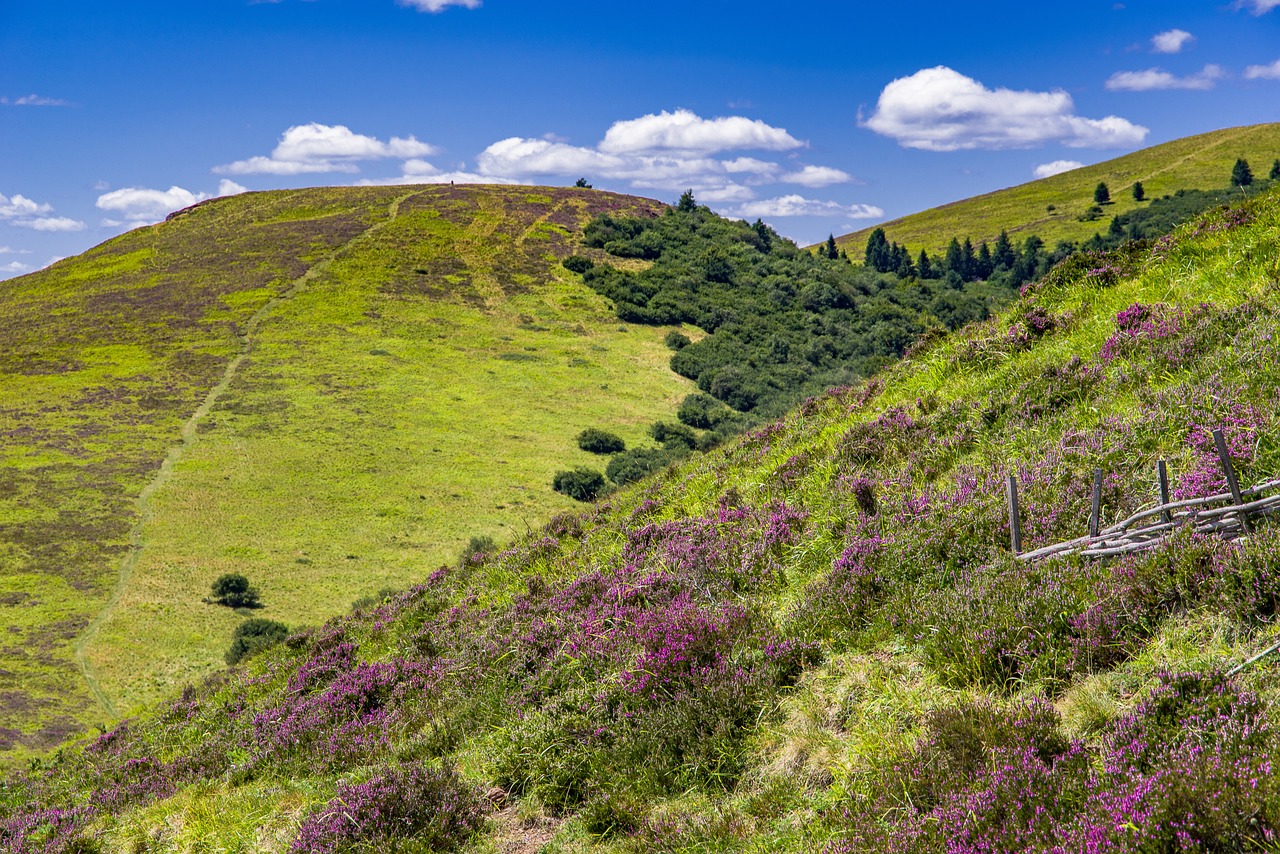Les puys du Chinonais

Chinon
Les puys du Chinonais
Easy
3h
9,6km
+103m
-103m
Loop
Embed this item to access it offline
Description
- Puy Besnard
Your walk, marked out in yellow, starts at Puy Besnard. Go through the fence and take the narrow path up through the shade of the oak trees. Follow the path through the foliage on your left. You'll then come to a beautiful clearing: a dry grassland - a natural environment that has become rare in the region - which in spring is dotted with wild orchids.
Calm reigns, giving the impression of being far removed from human activity. Why not linger a while, enjoy the birdsong, observe the insects and discover the remarkable flowers?
The walk continues along a path running due south, bordered by a hedge.
Leave the vineyard on your right, then turn right at the next crossroads. - Le Puy du Pérou
Welcome to Peru! At least, Le Puy du Pérou. Change of atmosphere. You're in the middle of a pine forest: pine needles and cones litter the sandy ground. At the top of the hill, on the left-hand side of the path, you discover two deep grooves in the rock, the remains of an ancient Roman road.
Many centuries later, a railroad line was built nearby, but disused after the Second World War. It linked Chinon to Bourgueil.
Go through the gate to leave Le Puy du Pérou and cross the road carefully. The path runs alongside AOC Chinon vineyards.
The landscape changes as you go: you cross the dry grasslands of the Puys du Chinonais nature reserve. - Grazing areas
Sheep grazing is one of the main reasons why the natural environment remains open, encouraging the development of plants that are now rare. Without the action of sheep or annual mowing, the dry grasslands would gradually be replaced by shrubs and then by forest.
Continue along the path heading due north towards the next puy. - Le Puy de Trotte-Loup
As the name suggests, you'll have to take it in your stride! The scenery changes a few metres after the barrier. The path opens onto a vast hillside lawn. Look all around you: insects flying, crawling, foraging. In the butterfly family, the wild blue butterfly, the peacock butterfly and the half-mourning butterfly.... rub shoulders with orthopterans (crickets and grasshoppers), beetles and millipedes.
In the woods, take the path due north towards Puy de la Colline. - Le Puy de la Colline
A puy or a hill? Both!
Fourth puy, fourth atmosphere. Here, the woods are much denser: oaks, beeches, hornbeams, dogwoods, .... The path runs halfway up the slope under the trees. At the end of the path, on your left, you'll see the ruins of a mill that was in operation until the 19th century. You'll pass troglodytic dwellings dug into the tufa stone around the 14th century and probably used as hiding places during the Hundred Years' War. - The quarries
A quick round trip takes you to the heart of the puy. In this quarry, man extracted the yellow tuffeau stone known as millarge, used to build rural dwellings.
After rounding the hill, turn right towards Puy Besnard, the starting and finishing point of this nature walk in the Puys du Chinonais.
- Departure : Parking spots by the Puy Besnard
- Arrival : Parking spots by the Puy Besnard
- Towns crossed : Chinon and Beaumont-en-Véron
Forecast
Altimetric profile
Report a problem or an error
If you have found an error on this page or if you have noticed any problems during your hike, please report them to us here: